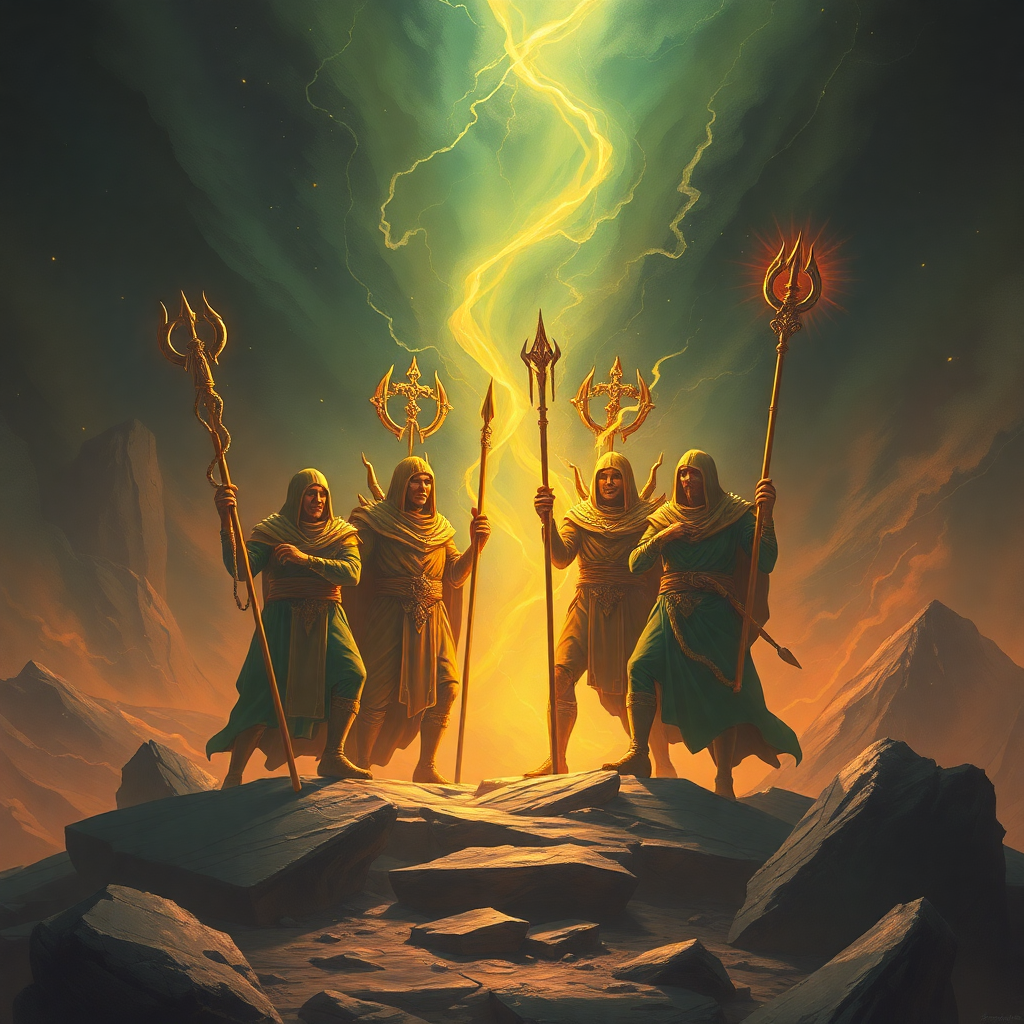How many archons are there in Gnosticism?
In some early Gnostic writings, it is suggested that there are twelve archons, each associated with a specific celestial body and serving as rulers over the material realms.
With its roots intertwined in various religious, philosophical, and mystical traditions, Gnosticism presents a unique cosmology that includes a range of supernatural beings, including the enigmatic archons. But how many archons exist in this framework, and what roles do they play? This post will explore the concept of archons within Gnostic texts and beliefs, shedding light on their significance and how they fit into the larger Gnostic worldview.
Understanding the Nature of Archons
In Gnostic mythology, archons are often described as powerful, demiurgical beings that serve as guardians or rulers of the material world. The term "archon," which derives from the Greek word for "ruler" or "lord," implies authority and governance. Unlike benevolent deities found in many other religious systems, archons are typically viewed in Gnosticism as obstacles to spiritual enlightenment. They are associated with ignorance and materiality, firmly tied to the flawed creation of the demiurge, a misguided god who shapes the material world.
The Number of Archons
While various Gnostic texts feature references to archons, there is no universal consensus on their exact number, leading to varying interpretations and descriptions across different Gnostic sects. In some early Gnostic writings, it is suggested that there are twelve archons, each associated with a specific celestial body and serving as rulers over the material realms. This cosmology may align with the twelve signs of the zodiac or planets known in antiquity, reflecting a structure in which archons influence human fate and experience.
Other texts, such as the Hypostasis of the Archons found in the Nag Hammadi library, present a more elaborate account of the archons. This document identifies multiple archons, often detailing their specific roles and characteristics, while also hinting at their fallibility and the potential for redemption through gnosis—a direct, mystical understanding of divine truths.

The Roles of Archons
The primary role of archons within Gnostic thought is to keep souls trapped in the cycle of ignorance and material existence. They serve to challenge the ascent of the spirit toward the divine fullness or Pleroma, where the true God resides. Within this framework, each archon might embody particular vices or illusions, pulling humanity away from self-knowledge and ultimate truth.
In various narratives, archons are depicted as actively preventing the soul’s journey toward enlightenment. They entice individuals with the pleasures and distractions of the physical world, reinforcing the idea that material existence is inherently flawed. By exploring the nature of these entities, Gnostics sought to understand the spiritual struggles people face and find pathways to transcend these limitations.
Conclusion: The Gnostic Perspective on Archons
By understanding the nature of archons and their roles within Gnostic cosmology, individuals can better appreciate the spiritual battles that Gnostic teachings illuminate. Ultimately, exploring the concept of archons opens a dialogue about the intersections of ignorance, authority, and the quest for knowledge, urging seekers of truth to rise above the confines of the material world and strive for a greater understanding of the divine.